Riga is a little beauty covered in snow; the Art Nouveau rooftops all fairytale-like, but I was keen to get out to the countryside for a bit of peaceful hiking.
50 km from Riga, the town of Sigulda is the gateway to Latvia’s largest national park – the Gauja. As well as a starting point for trails and hikes, the town also provides a range of activities for adrenalin junkies from taking flight in a vertical wind tunnel to hurtling down Latvia’s Olympic bobsleigh track at 120 km/h.
A couple of kilometres outside Sigulda, the Reina ski centre provides an opportunity for downhill skiing and snowboarding, plus a beginners slope and a selection of cross country skiing routes.
Opting to save some cash (and knowing I’d be hitting some bigger mountains later on in the trip) I opted for a 5km hike through the snowy forest, down to the river and up to the village of Turaida, where a museum-reserve is the site of a restored castle, church and small manor house.
Silver birches act as a natural gateway to the path leaving Sigulda.
Just on the edge of the town is the Sigulda New Castle, originally built in 1878 and now the rather grand headquarters for the Sigulda Region Council.
The path descends down some steep stairs (icy as anything!) and down to the banks of the River Gauja. During the summer, a cable car provides a gentler, more scenic route across the river and stops close to the beautifully restored Krimulda Manor house, which can also be accessed by a walking trail on the other side of the river.
On the left bank of the Gauja, there is an option of climbing the steep, snowy stairs to the ruin site of Krimulda Medieval Castle or continuing on flat ground to Gutmans Cave.
The 18m deep sandstone cave is one of Latvia’s oldest tourist attractions, with visitors carving initials and declarations of love on its fragile walls.
Legend has it, that water from the stream at the back of the cave has healing properties, due to a former inhabitant known as Gut Man (Good Man) who used the water to cure people of injury and illness.
In true myths and legends style, an alternative explanation claims that the water is from the guilty conscious tears of the Liv chiefs unfaithful wife, Ringaugs who is buried in the valley.
I continued on past the tourist information hut, and down to the river where I followed it’s course until I came across some wooden steps taking me to the top of Dainas Hill; the site of the museum-reserve.
Set on top of the hill is a small sculpture park, adding a sense of romance and mystery to the monotone landscape.
The sculptures pay homage to Latvian folklore, commemorating Ktorišjānis Barons, an avid collector of folk songs.
I padded through the snow to the left of the sculpture park to the entrance of Turaida Castle – a fine collection of red-bricked towers and outhouses which used to house the castle staff.
Originally built in the 12th Century by the Livonian tribe, various towers and structures were gradually added over the centuries until a devastating fire occurred in 1776, burning the site to ruins.
The site was restored by archaeologists in 1976 and now holds an exhibition on the castle’s history.
Climb the steep wooden stairs in the main tower to be rewarded with a stunning panoramic view back down to the River Gauja and beyond.
Or pretend that you are Rapunzel, waiting for a prince to come and rescue her (ahem, yes I did do this, alas no Latvian prince ever came..)
Adjacent to the castle is Turaida Church, built in 1750 it is one of the oldest wooden churches in Latvia.
Just before the exit, this pretty wooden house provides a beacon of sunshine.
Too cold to wait for the bus back to Sigulda, I stuck out my thumb, getting a ride back to town almost immediately and headed back to Riga city life.
Make it happen
Buses run from the Central Bus Station in Riga every hour – A one way ticket is €2
Admission to Turaida Museum Reserve is €3
Information on the Museum Reserve can be found here
For more information on Sigulda
Heading to Latvia?
Check out more of my posts here!
Pin it for later
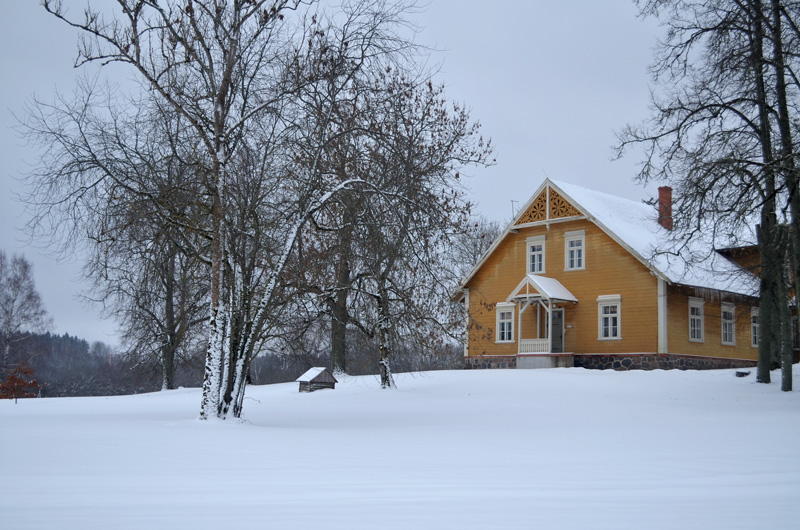
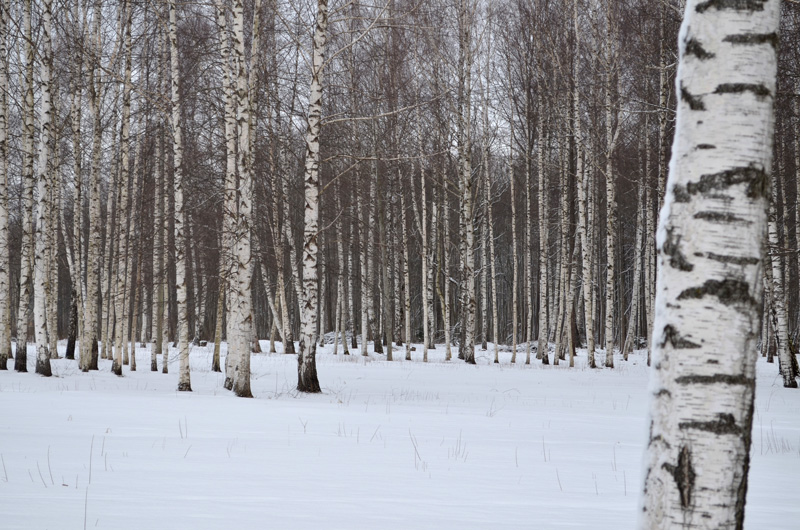
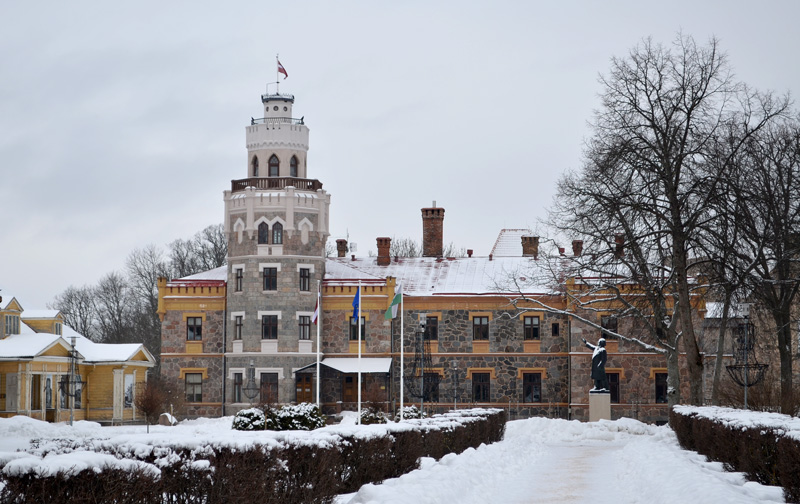

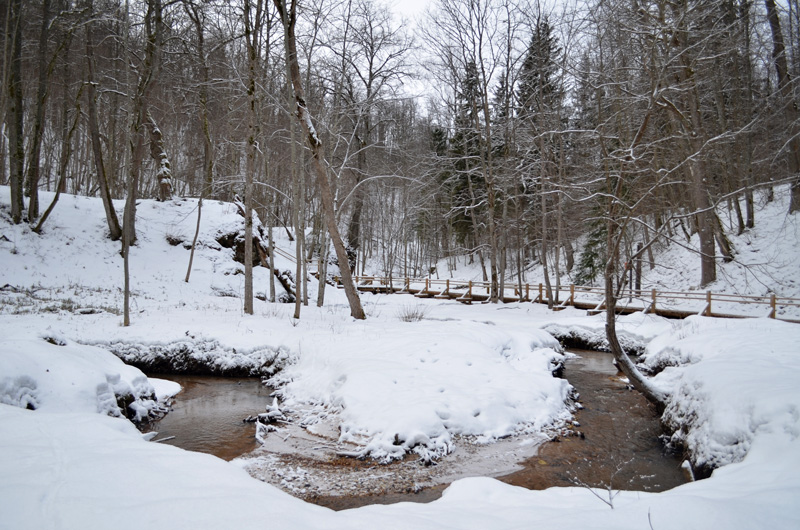
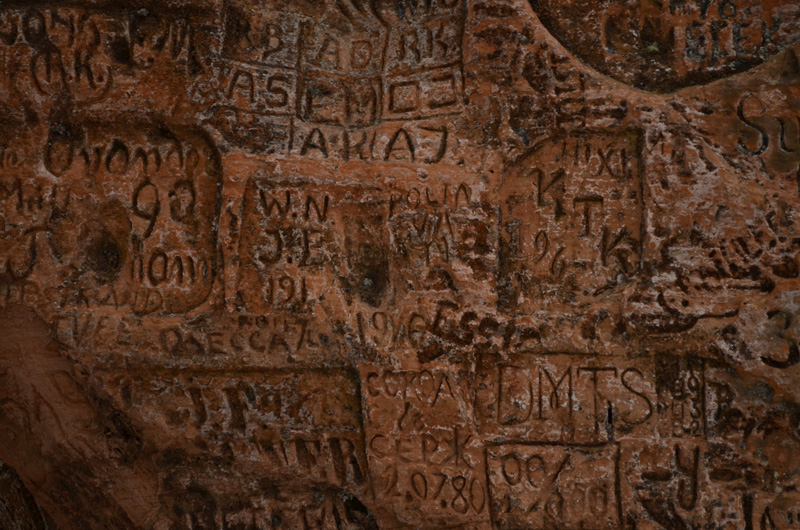
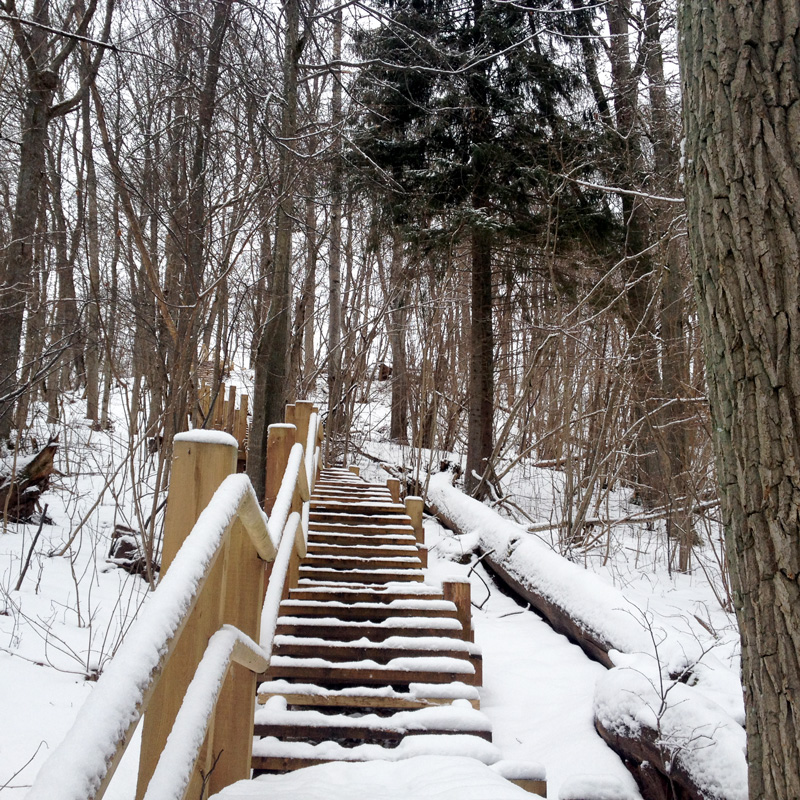


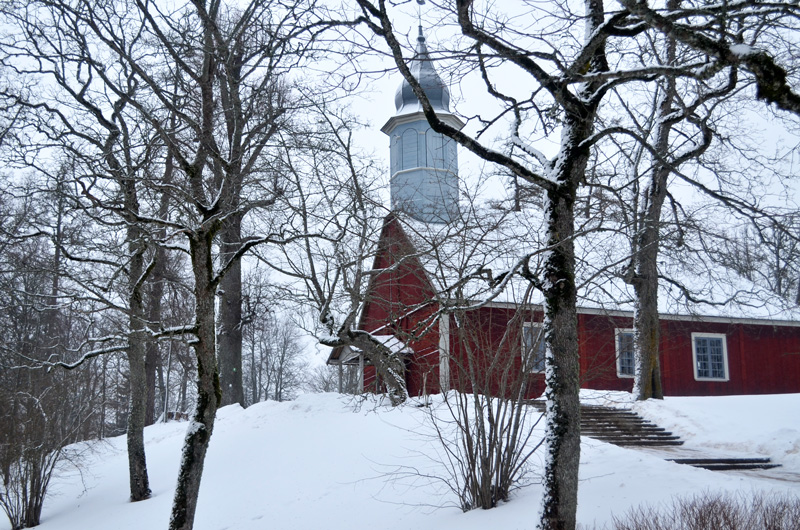
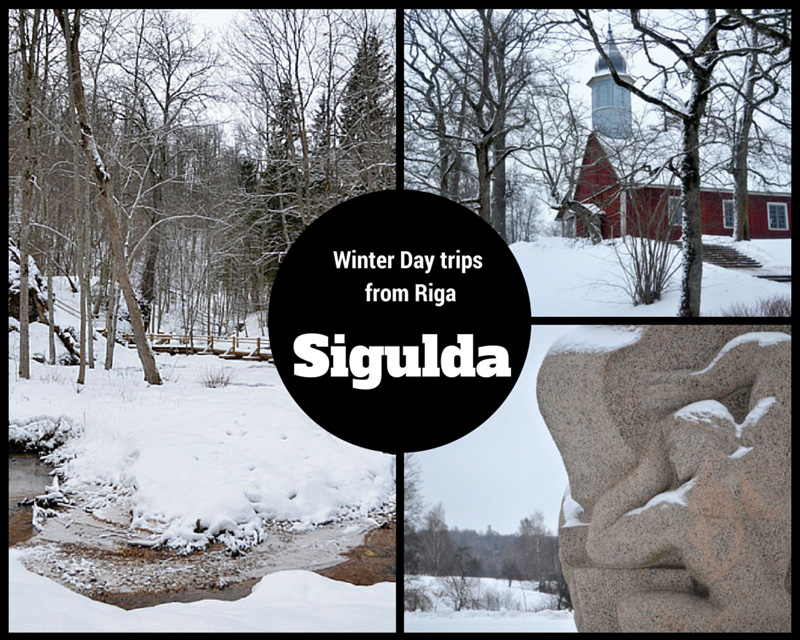
Leave a Reply